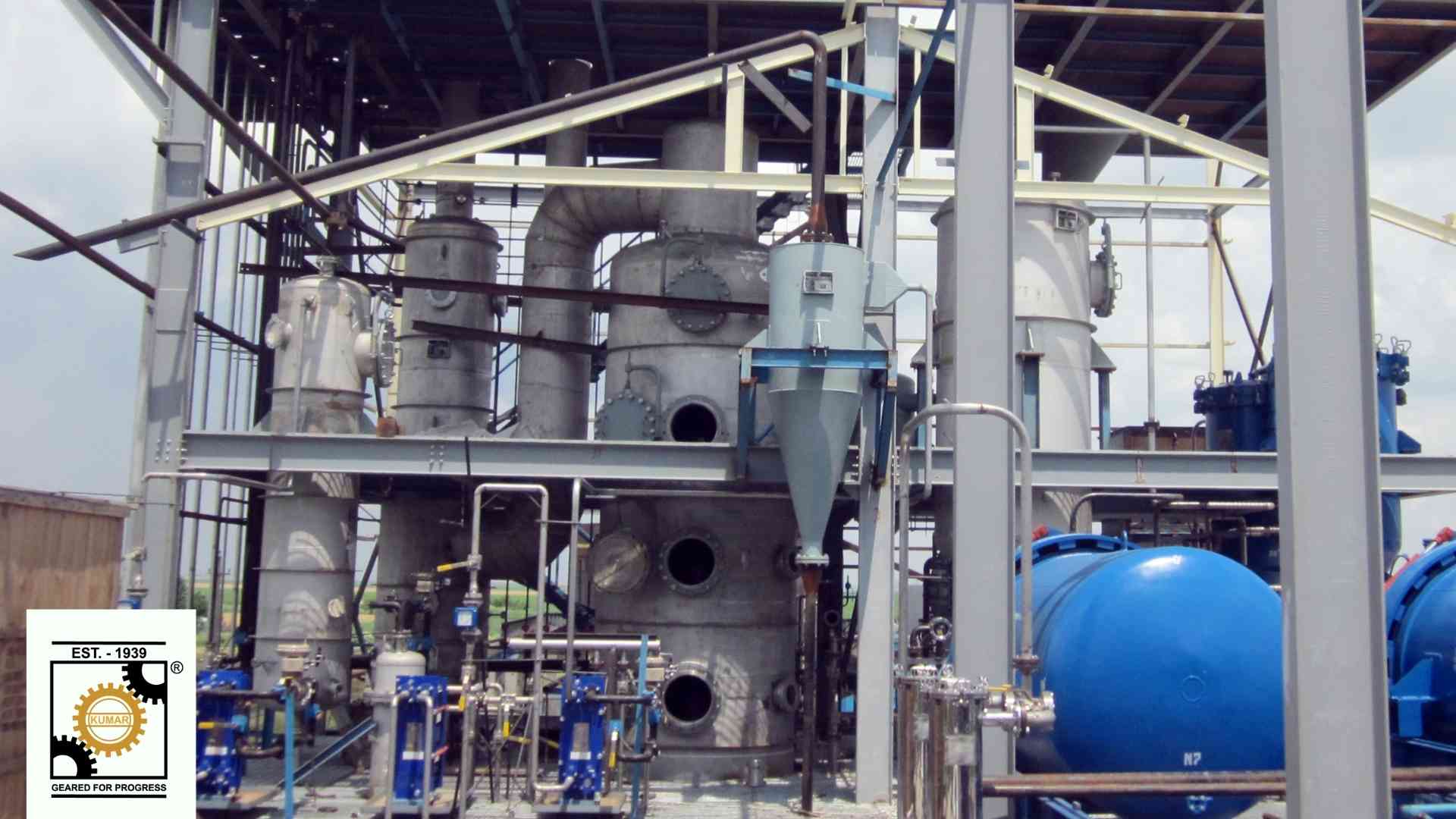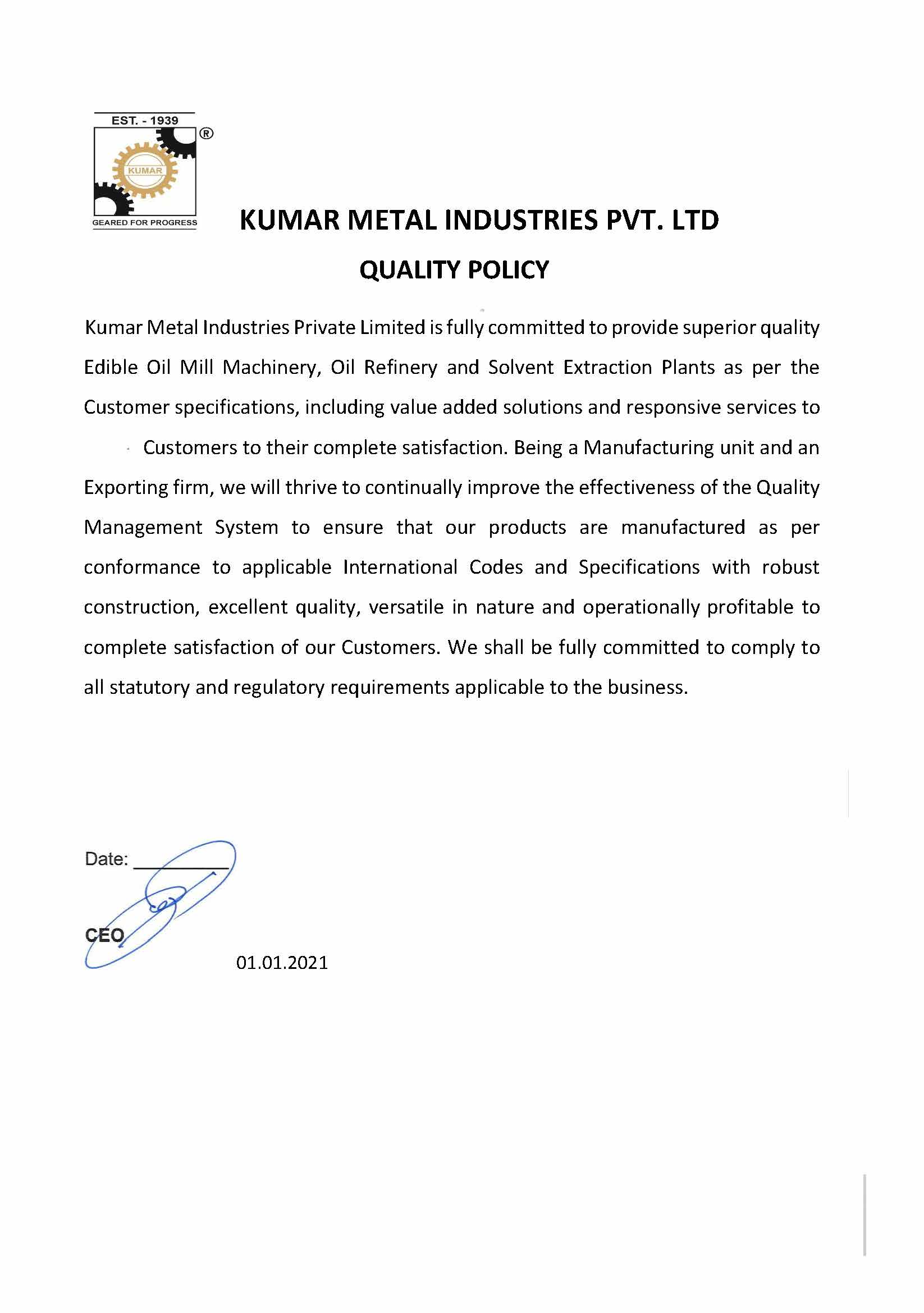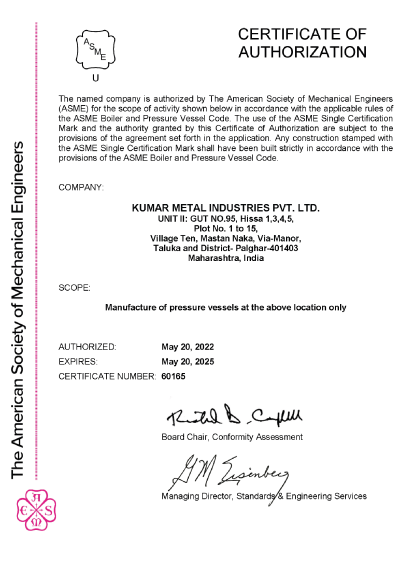
If you’re in the vegetable oil refining business, it’s likely that you’re feeling the heat from market demands. Maybe it’s the need to improve the nutritional profile of your product for your health-conscious consumers. Maybe the oil you refine is under threat from the unpredictable forces of climate change. Or it’s possible that as your competitors invest in automated systems and leverage economies of scale, you’re looking for ways to improve oil yield and lower costs to remain competitive.
Regardless of your specific issue, you’ll find that your vegetable oil refinery needs to constantly evolve to keep up with changing customer priorities and advancements in technology. As you and your vegetable oil refinery metamorphose with the times, there are some fundamental principles that you would do well to keep in mind. This article is your guide to success; a blueprint for making the most out of your vegetable oil refining process.
What does the vegetable oil refining process involve?
Before we address the what, how or who of the vegetable oil refining process, it wouldn’t hurt to assess the why. Why does oil need to be refined in the first place?
On refining, edible oil becomes clear in appearance and virtually colourless. But oil refining is more than just an aesthetic or superficial process. Refining eliminates cake resides, phospholipids, free fatty acids, aflatoxins and other unwanted impurities. It makes the edible oil oxidation stable and fit for frying foods in. Unrefined oils can still be consumed in areas closer to where the oil is produced, given that it is used before the impurities present in it turn the oil rancid. But at a commercial scale, a vegetable oil refinery helps maintain the quality of edible oils over long periods of time, permitting longer shelf lives and eliminating large scale health hazards.
Coming to the details of the vegetable oil refining process… well, not yet. Before refining comes the oil extraction process, prior to which is the preparation of oilseeds. After harvest, oilseeds are dried via heat treatment to minimise their moisture content, thereby making them suitable for long-term storage without quality deterioration. Of course, this process varies by oil-bearing material. Palm oil derived from the palm fruit, for instance, needs to be treated as early as possible. Heat-treated seeds are cleaned and dehulled, ready to undergo other oilseed-specific preparatory processes. Then there’s oil extraction – this happens via mechanical extraction, solvent extraction, specialty extraction, or a combination of two or more of these. For example, rice bran has such a low oil content that it goes through only solvent extraction; soybean and corn maize have slightly higher oil contents, so solvent extraction is preceded by a round of expeller pressing.
Finally, the vegetable oil refining process. There are two broad types of oil refining – physical and chemical refining. Most crude oils are refined using a combination of different steps, depending on the odours, colours, or other impurities which need to be eliminated to make the oil fit for human consumption.
Ordinarily, degumming comes first. It is used to remove phosphatides (or gums) from rapeseed oil, sunflower oil, or soybean oil. Skip degumming, and you risk the oil decomposing and darkening as the gums make it thermally unstable.
Alkali neutralization, or alkali refining, is employed to remove FFAs, or free fatty acids. As the name suggests, this step involves the addition of an alkali, like caustic soda, to get the job done.
Then comes bleaching to remove contaminants, residual soaps from alkali refining, trace metals and oxidation products, which impart strange colours to crude oil. This step is also critical to ensure that essential triacylglycerol isn’t lost from the oil. The quality of bleaching equipment makes all the difference in this step.
Deodorisation is often the penultimate step in the vegetable oil refining process. It helps remove strange flavours from edible oil via steam distillation under high temperatures and high vacuum conditions.
And finally, winterization or dewaxing is employed to crystallise remaining impurities and separate them from the oil. Vegetable oil which has gone through some or oil of these refining steps is filtered one last time before it is packed, labelled, and sent off to distributors and stores from where you get the oil you use in your home.
What could go wrong?
We’ve provided you with a broad look at what goes on in a vegetable oil refinery, but as you can imagine, once you get into the nitty-gritties of oil refining, the level of complexity soars. Consequently, there are a lot of things that you could get wrong which might affect the quality of oil produced, underutilisation of your installed capacity, safety concerns, or unnecessary expenditure.
There are certain reasons why your refinery may not be operating as smoothly or at the high capacity that you would like. What could be holding your vegetable oil refinery back?
Failure to plan. There are a number of factors, internal and external, that could throw a spanner in your vegetable oil refinery operations. Feedstock shortages, supply delays, or machinery breakdowns occur unexpectedly. What you need to take on these uncertainties is proper production planning. Plan your production cycle and manage your supply chain effectively to stay one step ahead of delays, budget overruns, and unplanned shutdowns. Involve all stakeholders, including procurement, production and sales teams, in the planning process to make sure everyone knows how their work affects the larger ecosystem in your vegetable oil refinery.
Preventative equipment maintenance? What’s that? If you’re still wondering what preventative or predictive equipment maintenance is, you’re missing out on a crucial opportunity to monitor your plant’s health, protect against unexpected breakdowns, and prevent unnecessary losses to unaccounted for downtime and/or repairs. Schedule regular maintenance activities and maintain an minimum inventory of spares at all points of time to stay ahead of such challenges.
Improper plant design and installation. A vegetable oil refinery - be it for groundnut oil, palm oil, coconut oil or castor oil – must be intelligently designed by experts with end-to-end familiarity in the oil production process. A poorly designed plant without operational flexibility, or a plant which is not installed appropriately, is the shortest route you can take to low productivity and production losses. These may be caused by power interruptions, steam supply fluctuations, equipment breakdowns, or underutilisation of plant capacity. Whatever the specifics, we cannot recommend a technical audit enough. Identifying problem areas at the earliest will help you implement remedial measures and cut your losses.
Why should you keep up with the latest vegetable oil refinery methods and machinery?
No matter what industry you are in, the pressure to innovate is constant. In the oils and fats industry, for example, the current trend is to move towards more planet-friendly and human health-friendly products. So to continue to stay relevant, you must find a way to produce healthy and sustainable oils without compromising on quality or taste. There are a number of ways to do that – investing in research for new extraction or refining techniques, developing healthier new oilseed varieties, and growing more resilient oilseed crops are all great options. Let’s explore what you could do to optimise your vegetable oil refinery and stay ahead of your competition.
Best Practices, Perfect Partners, and Ideal Methods and Machinery for your Vegetable Oil Refinery
We’ve already touched on some ways to optimise your operations in the “What could go wrong?” section. Here, we’re taking a look at some other ways you can stay ahead of the curve.
Invest in R&D. If you have the resources to spare, investing in research and development to come up with novel methods and machinery is the best way to optimise your refinery’s operations. When it comes to controlling emissions, you can work on developing processes which have lower energy consumption demands or techniques which reuse carbon dioxide released by other processes. To improve oil quality and yield, you can ask your research team to pursue new methods of harvesting or processing oil-bearing materials. If you’re struggling to do this all on your own, Kumar’s OM Innovation Centre is a resource you could explore.
Choose the right technology partner for your vegetable oil refinery. There are a number of questions you should ask yourself about your technology and equipment partner. Have they demonstrated experience in the industry? What is their project management style? And does it match yours? How well do they understand your requirements? Are they transparent about their strengths and limitations? What do their other customers say about them?
The right equipment partner may not check all your boxes, but you should definitely have a list of non-negotiables which will help you assess whether your selected equipment partner is the right one for you.
Get an AMC. As we’ve mentioned before, failing to plan, service your equipment regularly, or properly install a plant can all have consequences, monetary and otherwise, which you would rather not deal with. Getting an annual maintenance contract at the very start takes care of all these challenges.
Automate. In 2023, you no longer have an excuse to avoid automation. Process automation will help you to reliably monitor, regulate and control the fine reactions involved in the vegetable oil refining process. Reliable machinery with automated processes is also crucial if you desire consistent product quality and optimal resource use. You may not be able to afford to go all in, but dipping at least your toes in the world of automated machinery will help you stay in touch with all the advances that are taking the oils and fats industry by storm.
So there you have it, your ultimate guide to optimising your vegetable oil refinery. And if you still want more information, support or a technical assessment of methods and machinery used in edible oil refining, our expert team at Kumar is only a phone call or email away.
Request a callback
Since 1939, Kumar has been delivering dependable process engineering solutions to the oils and fats industry. We're known for our robustly engineered, versatile, and operationally profitable plant and machinery. It's why customers all over the world depend on us to solve their processing challenges, big or small. If you'd like to know more about our solutions, please fill out the form below:
"*" indicates required fields



















